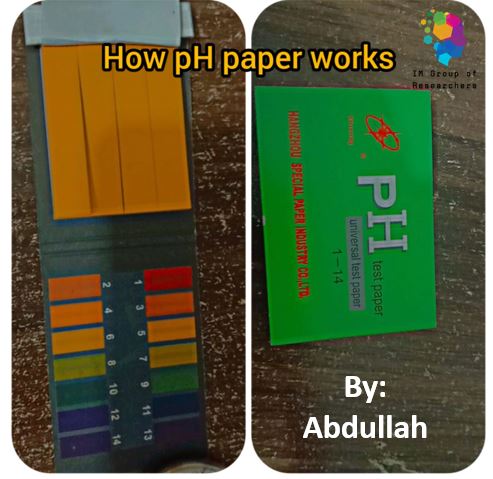How pH Paper Works?
How pH Paper Works? pH paper, also known as pH test strips or litmus paper, is a simple and effective way to measure the acidity or alkalinity (pH) of a solution.
Author
Abdullah
LinkedIn: Click here to see Abdullah’s profile
pH paper, also known as pH test strips or litmus paper, is a simple and effective way to measure the acidity or alkalinity (pH) of a solution. Here’s how it works:
Chemical Coating: pH paper is typically made of filter paper or a similar absorbent material that is impregnated with a mixture of natural dyes or synthetic chemical indicators. These chemicals change color in response to changes in pH.
Contact with Solution: To test the pH of a solution, you dip a strip of pH paper into the liquid. The paper will absorb some of the solution.
Color Change: The chemicals in the pH paper will react with the hydrogen ions (H+) or hydroxide ions (OH-) present in the solution. The color of the pH paper changes in response to the pH of the solution. It can turn red in acidic solutions, blue or green in alkaline solutions, or a shade of purple in neutral solutions.
Comparison: To determine the pH of the solution, you compare the color of the pH paper to a color chart that comes with the pH paper. This chart typically shows a range of colors corresponding to different pH values.
By matching the color of the pH paper to the chart, you can estimate the pH of the solution within a certain range. This method provides a quick and relatively simple way to assess the acidity or alkalinity of a solution in various applications, such as in laboratories, pools, and aquariums.
Also Read: Discover the World of Hydrogels
Follow Us On

